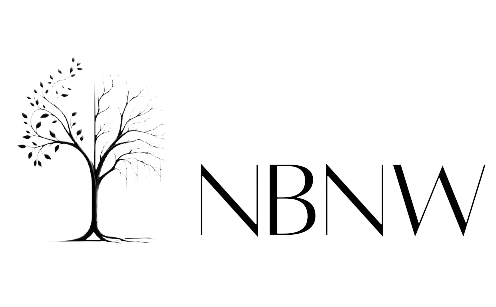X Block Feature Update: Public Posts Visible to Blocked Users Raises Privacy Concerns
By Asmita - Nov 09, 2024
X, formerly known as Twitter, has updated its block feature allowing blocked users to view public posts, sparking privacy and safety concerns. The change permits blocked users to see but not engage with public content, prompting mixed reactions from users concerned about potential harassment risks. As some users switch to private accounts for increased privacy, X faces scrutiny from regulators while navigating the balance between innovation and user safety.

Twitter logo via Flickr
X, the social media platform formerly known as Twitter, has recently rolled out a controversial update to its block feature that allows blocked users to see the public posts of those who have blocked them. This change has sparked significant discussion among users regarding privacy and safety concerns. Under the new policy, if a user has set their posts to public, those they have blocked can still view these posts, although they remain unable to engage with them through likes, replies, or retweets. This update represents a significant shift from the previous policy, where blocking someone effectively removed all access to the blocker's content.
The rationale behind this update stems from a desire for greater transparency within the platform. Elon Musk, the owner of X, previously indicated that preventing blocked users from seeing public posts "makes no sense," particularly since anyone can create alternate accounts to view public content. The engineering team at X stated that this new functionality aims to allow users to share and hide harmful or private information about those they've blocked while also enabling visibility into how blocked users interact with their content. However, many users are expressing their discomfort with this change, fearing it may lead to increased harassment and unwanted attention from individuals they have chosen to block.
In practical terms, the updated block feature means that while blocked users cannot follow or directly interact with the blocker’s posts, they can still access public content. This includes viewing follower lists and other profile details. For instance, if a user blocks another account, that account will not receive a notification about being blocked but will see a "Blocked" button when attempting to visit the blocker's profile. Critics of this change argue that it undermines the purpose of blocking as a protective measure against harassment and stalking. Many users have voiced concerns that this could facilitate unwanted engagement from problematic accounts.
As X continues to implement these changes, some users are opting for private accounts as a workaround to maintain their privacy. By switching to a private account, users can control who sees their posts and limit access to only approved followers. However, this option may not be ideal for public figures or brands looking to maintain visibility on the platform. The mixed reactions highlight a divide among users; some appreciate the transparency and potential for improved interactions, while others fear that it could lead to an increase in stalking and harassment incidents on the platform.
With these updates rolling out, X faces scrutiny not only from its user base but also from app store regulators like Apple and Google. Both companies have guidelines requiring social media platforms to provide robust blocking features to protect users from abuse. As X navigates these changes, it must balance innovation with user safety and privacy concerns. The ongoing discourse around this update reflects broader societal conversations about online safety, privacy rights, and the responsibilities of social media platforms in protecting their users from harm.


